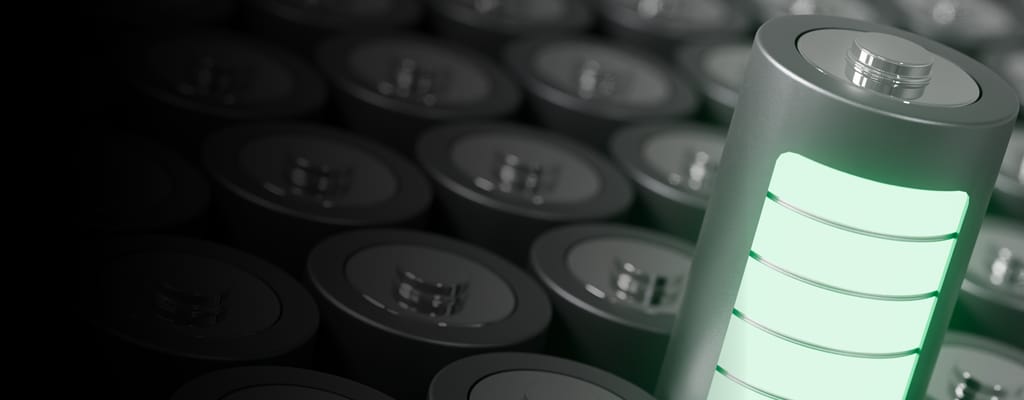
Cell-to-Cell (C2C) Connectivity
Delivering scalable, customizable connectivity for tomorrow's EV battery architectures
Frequently Asked Questions
How do you accommodate different cell formats and chemistries in your C2C offerings?
We develop platform-based C2C solutions that are adaptable to various cell geometries, including cylindrical and prismatic formats, each with unique packaging, thermal, and electrical characteristics. Our engineering teams work closely with you to tailor designs to their specific chemistry and layout, whether it’s lithium-iron, nickel-manganese-cobalt, or emerging solid-state technologies. We also factor in voltage/current requirements and mechanical constraints early in the design process to enable seamless integration. This flexibility allows us to support both established and next-generation battery architectures.
Can TE offer both design and manufacturing services for its custom C2C offerings?
Yes, TE provides comprehensive, end-to-end support from concept to production. We start with collaborative engineering engagements, backed by in-house simulation, material science, and rapid prototyping capabilities. Our global manufacturing footprint and automation expertise enable us to scale from small-batch validation to high-volume series production. This integrated approach reduces development time and risk for our customers, enabling a smoother path to commercialization.
How do you enable electrical and thermal performance, given the uniqueness of the various battery designs?
We use a combination of advanced simulation tools and real-world testing to validate electrical conductivity, thermal propagation behavior, and mechanical reliability in C2C assemblies. Our solutions integrate sense lines, current collectors, and battery management system connectors in a way that enables signal integrity and efficient power flow while mitigating thermal events. Depending on application needs, we incorporate materials and design features such as crimped or welded joints, embedded protection elements, or thermal shielding. This holistic approach enables reliable, safe operation even under demanding automotive conditions.
What makes your C2C manufacturing processes scalable and efficient?
TE’s manufacturing systems are designed for flexibility and volume, from semi-automated pilot lines to fully automated clean-room production cells. We tailor assembly lines to specific design and throughput requirements, allowing us to support rapid ramp-up and localized supply in key automotive regions. Our expertise in high-speed stamping, molding, lamination, and reel-to-reel processing enables cost-effective solutions at scale. By minimizing non-value-add steps and focusing on modular, multi-version platforms, we help customers reduce capital investment while maintaining production agility.
How do you address the challenges associated with tight packaging requirements of EV battery packs?
Our C2C solutions are engineered with space efficiency in mind, using thin, flexible components like FFC FPC and hybrid PCB/flex sense lines to navigate tight pack layouts. We eliminate unnecessary elements, such as separate carriers or bulky interconnects, by integrating multiple functions into a compact assembly. This not only reduces weight and volume but also simplifies installation and supports high levels of automation. The result is a clean, streamlined system optimized for modern EV battery designs where every millimeter counts.


